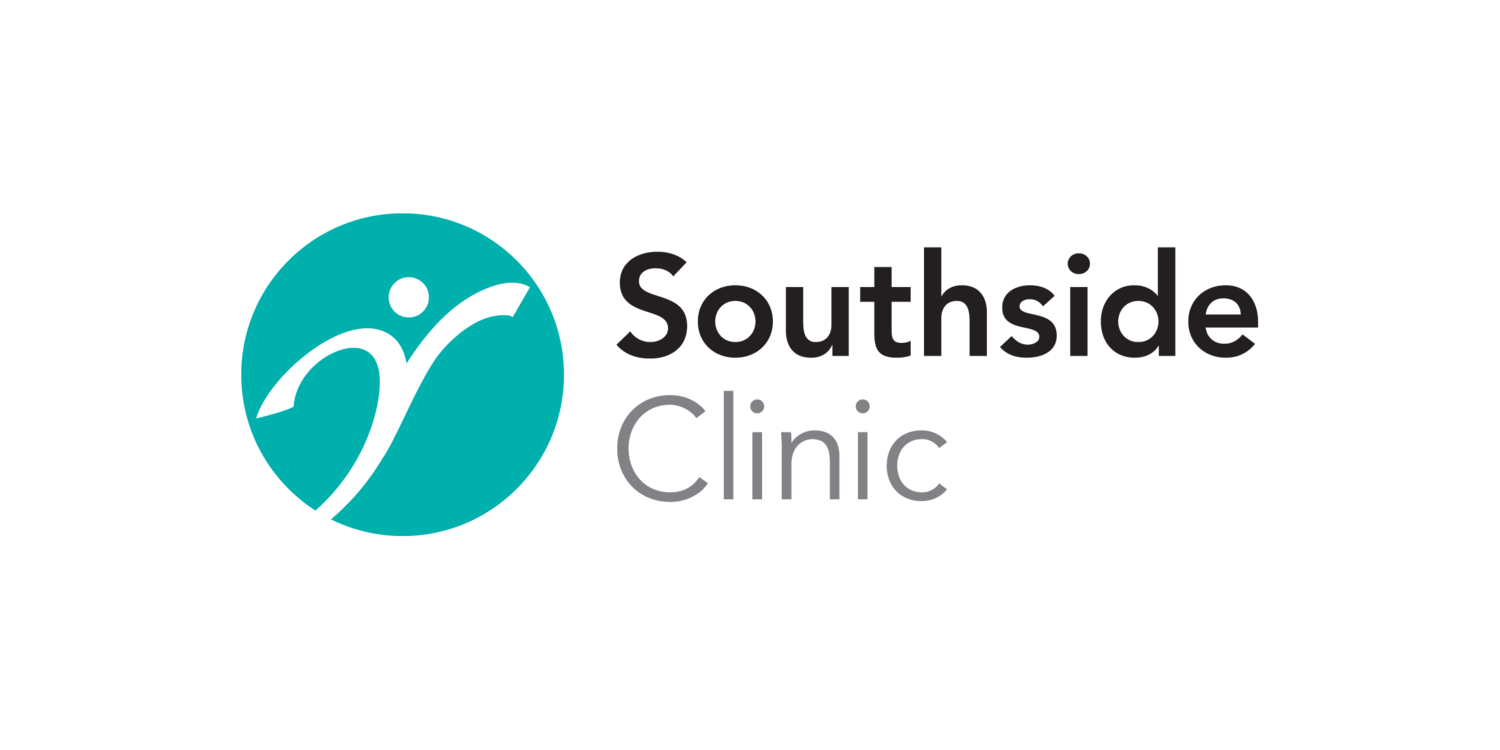“Recognising that fitness transcends mere exercise is crucial.”
-Dr. Josh Saxton, Osteopath & Accredited Exercise Physiologist
How many times have you resolved to “start a new exercise routine”, “get fit”, “go for a walk every day” (you know how it goes) at the commencement of another new year? And then, of course the question must be asked; how often have you actually achieved said goal? Achieving any fitness goals can be challenging as it often requires overcoming limitations such as “I'm too busy/tired/disorganised" and then there is the important challenge of creating new habits and ensuring you've created the proper routine.
This is where specialised healthcare disciplines like Osteopathy and Physiotherapy come into play. They are essential in addressing health concerns and enhancing body functionality as well as laying a solid foundation for fitness success. In this post, we will explore the pivotal roles of Osteopathy and Physiotherapy in achieving fitness goals. These disciplines complement fitness endeavours, promote resilience, and reward you for your hard work. Join us to uncover how they significantly contribute to making your New Year fitness resolutions a reality.
Why do we often fail before we’ve even begun? (And how to overcome this)
At the beginning of the New Year, many of us aim to improve our health and fitness by setting weight management, muscle toning, cardiovascular endurance, flexibility, and overall wellness goals. However, these aspirations can feel like “dreams” rather than achievable goals because we face many obstacles, such as sedentary lifestyles, motivation lapses, time constraints, or prior injuries. Such challenges can lead to overexertion, setbacks or (often) never even starting the journey. Recognising that fitness transcends mere exercise is crucial. A holistic approach involving nutrition, mental well-being, rest, and focused physical activity ensures a sustainable and balanced journey. So what’s the message here? Prioritising overall health improvement over isolated goals forms the foundation for lasting success in your New Year fitness resolutions.
How Osteopathy Supports Fitness Goals
Osteopathy's foundation lies in the body's innate healing ability under conducive conditions. It underscores the link between body structure and function, highlighting the importance of a well-aligned musculoskeletal system for optimal health. Through manual manipulation and mobilization, Osteopathy targets joint mobility and flexibility. By alleviating movement restrictions and optimizing alignment, individuals experience improved movement, aiding effective engagement in physical activities and exercise routines. Osteopaths conduct holistic assessments to identify and rectify musculoskeletal imbalances. Addressing specific areas of tension or misalignment restores bodily balance, diminishing injury risks during physical activities while enhancing movement patterns. A proactive stance characterizes Osteopathy, foreseeing potential vulnerabilities and addressing them preemptively to prevent workout-related injuries. This preventive care minimizes the likelihood of strains, sprains, or other musculoskeletal issues during fitness routines. Optimized structural alignment from osteopathic treatments fosters enhanced physical performance. Improved posture, heightened flexibility, and refined movement mechanics contribute to more effective workouts, empowering individuals to achieve fitness goals with confidence and reduced setbacks. Osteopathy's integrative approach promotes optimal physical function, empowering individuals to pursue fitness aspirations.
The Contribution of Physiotherapy to Health Resolutions
Physiotherapy encompasses diverse treatments to restore and enhance physical function. Focused on rehabilitation and injury prevention, it employs exercises and therapies for overall well-being. Physiotherapists specialise in injury recovery through personalised plans, improving strength, flexibility, and mobility. Strategies prevent future injuries by strengthening weak areas and rectifying imbalances. Designed exercises improve strength, endurance, and balance, tailored to individual needs, bolstering overall performance for fitness goals. Distinctive to physiotherapy is its tailored approach. Assessing strengths and weaknesses, therapists devise personalised programs aligned with fitness aspirations, ensuring targeted improvements while accommodating limitations. Physiotherapy's versatility aids in reaching fitness milestones, be it weight loss, enhanced performance, or improved mobility. This personalised care equips individuals to surmount fitness challenges, paving a sustainable path to their health goals.
Collaborative Approach: Osteopathy and Physiotherapy
Together, Osteopathy and physiotherapy are distinct yet aligned disciplines that converge to optimise physical health. Their synergy combines structural alignment and targeted exercises. While Osteopathy rectifies imbalances, physiotherapy enhances strength and flexibility. Their collaboration yields comprehensive care, addressing physical limitations and boosting capabilities. This approach accelerates injury recovery and augments body functionality, fostering resilience and performance. Real-life success stories underscore the effectiveness of merging these disciplines in fitness plans. Witnessing individuals achieving goals and improving well-being through this synergy validates its efficacy. This collaborative approach between Osteopathy and physiotherapy empowers individuals, offering a holistic framework to surmount obstacles and attain peak physical health.
Practical Tips for Achieving Fitness Goals
1. Prioritise overall health improvement over isolated goals
2. Incorporate a holistic approach involving nutrition, mental well-being, rest, and focused physical activity
3. Consult with specialised healthcare disciplines like Osteopathy and Physiotherapy to address specific health concerns and enhance whole-body functionality
4. Create personalised workout plans tailored to individual needs and limitations
5. Celebrate milestones and reward yourself for your hard work and dedication.
6. Set a weekly routine or schedule
7. Listen to your body and adjust your routine or accordingly
8. Incorporate variety in your exercise routine to avoid boredom, injury and plateaus
9. Set realistic goals and track your progress
10. Build a support system to keep you accountable and motivated.
By following these practical tips, you can achieve your fitness goals more efficiently and have a greater chance of success. Remember that fitness is a journey, not a destination! It takes time, effort, and dedication to achieve long-lasting results but with the right mindset, guidance, and support, you can overcome any obstacle and attain peak physical health.

